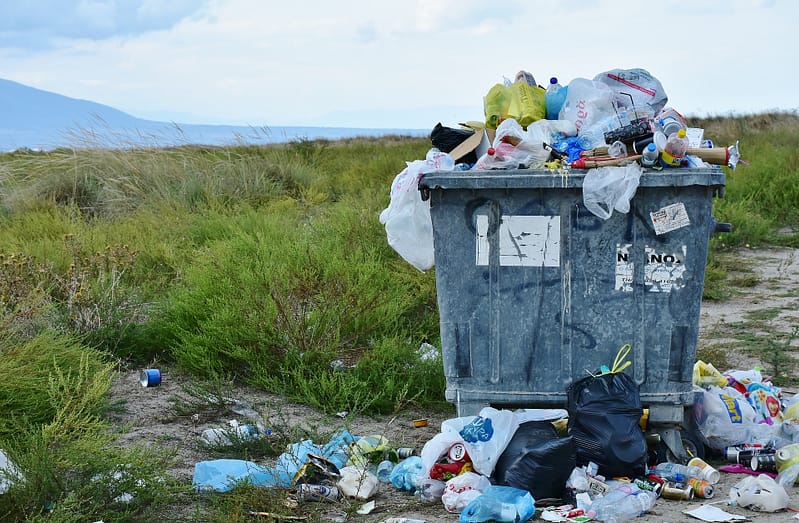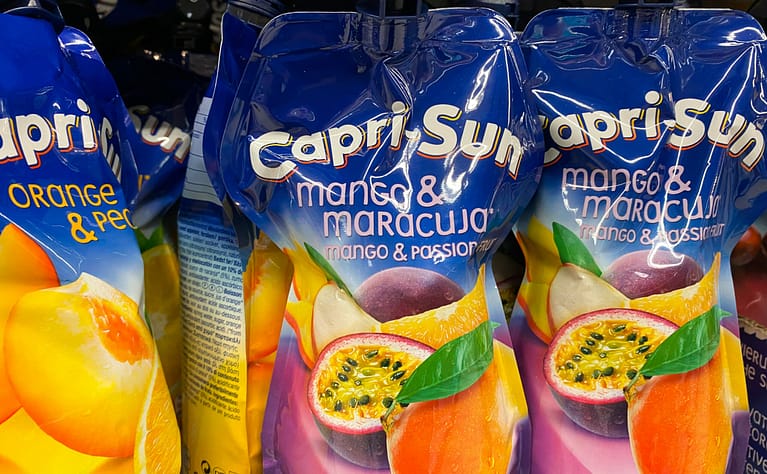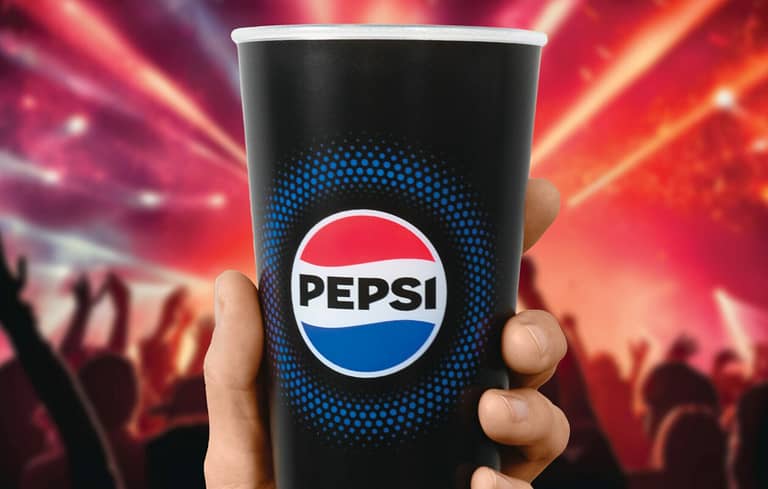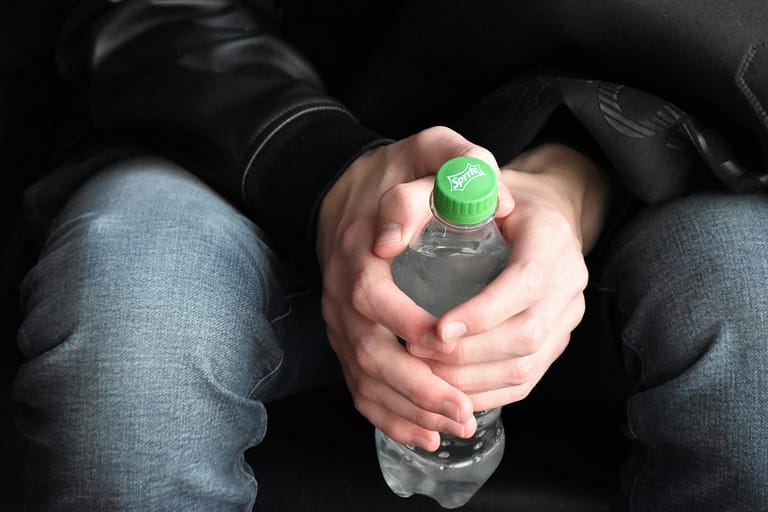We need more of that!
An innovative project allows for the identification of materials in the recycling process.
Thomas Reiner | 18.10.2019
Three steps close the cycle: collecting, sorting and recycling. The basic requirement for sorting is that the materials collected can be identified safely and efficiently. Until now though, this is where hurdles have arisen. Fortunately, an important step in the right direction now goes to the award-winning HolyGrail project.
It is as banal as it is true: recycling can only be done by what has been clearly identified and sorted before. The most extensive collection uses little if the materials can’t be properly recognized and separated.
Without pure separation, no high-quality recyclate is possible. But that’s exactly what we need in order to close cycles without downcycling and to obtain secondary raw materials in their required, high quality. The only question is: How to label packaging materials permanently and that without functional restrictions?
HolyGrail
The project “HolyGrail”, led by Procter & Gamble and made possible by the Ellen MacArthur Foundation within the framework of the New Plastics Economy, has tackled this issue. The focus was on two approaches, for each of which appropriate, basic proof-of-concepts were developed.
• Chemical Tracers (proof of concept: “P.R.I.S.M.”, 2018)
• Digital Watermarks (proof-of-concept: “Filigrade” and “Digimarc”, 2019)
Digital Watermarks
Existing sorting systems can be supplemented with modules that can read digital watermarks much like a barcode. In this way, for example, it is safe to distinguish between packaging for food and non-food. Colored and black packaging can be clearly distinguished, as well as recyclable and compostable packaging, multi-layer or full-body shrink sleeved bottles.
The digital marking can be invisible to the human eye via the printing process or integrated directly into the material.
HolyGrail won the first prize at this year’s Sustainability Award and at the same time secured the award ‘Driving the Circular Economy’.
The prize is well earned because a holistic design for recycling absolutely requires clearly identifiable materials. The best and most sustainable material uses little if it can’t be recognized and separated during sorting.
It is no coincidence that HolyGrail is a project that unites stakeholders from the entire value chain. The time of the lone fighters is over. The complexity of the requirements can only be solved satisfactorily as a team. Too great is the risk that the individual company, with its highly specialized expertise, will develop solutions that are later not compatible. But that’s what it’s all about when closing cycles.
With it being our mission at B+P to close cycles by helping companies get fit for the circular economy, I love finding out what your thoughts concerning the topic are. Comment below.




